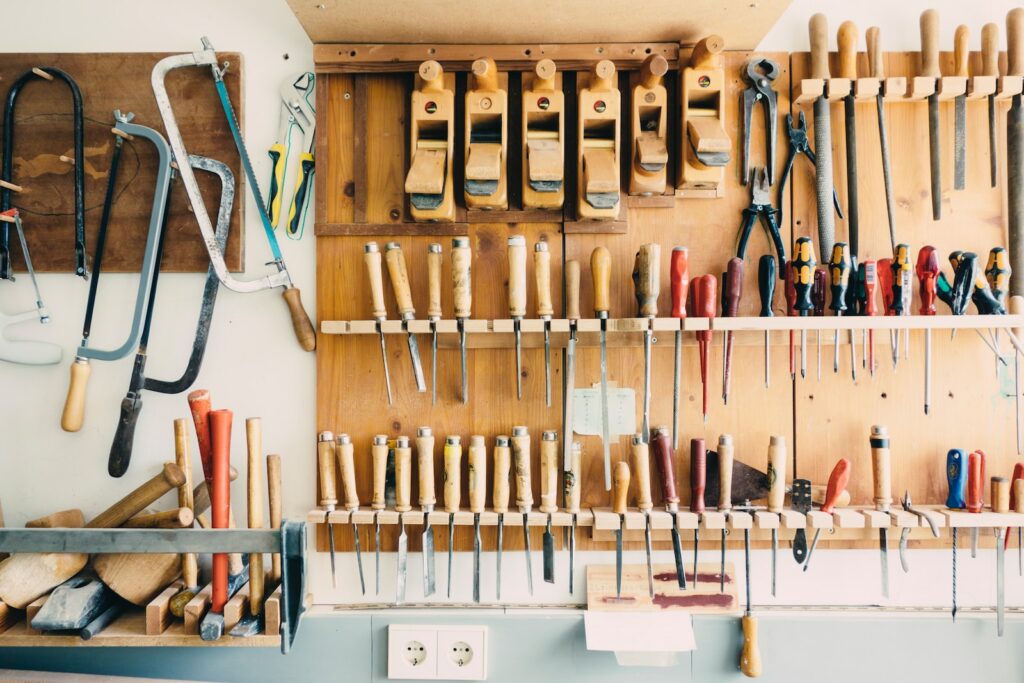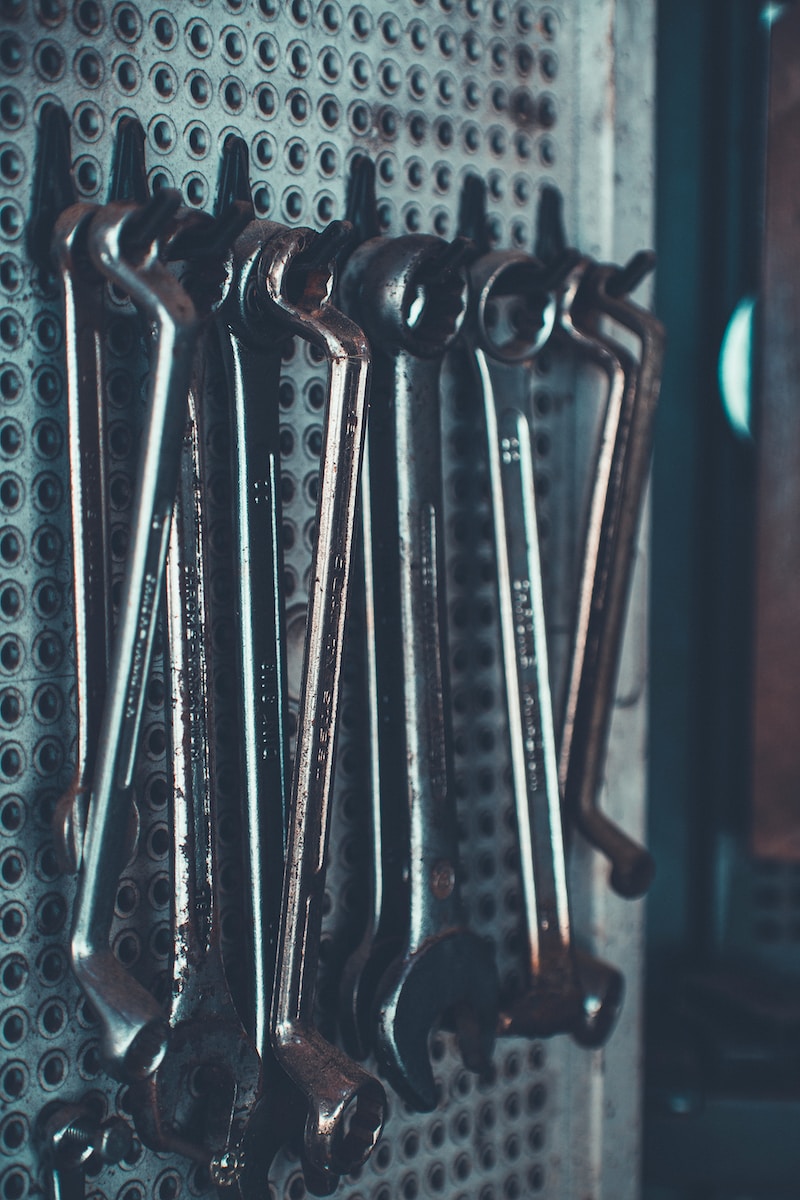Welcome to Showcasing the Craft: Photographing Mechanic Tools! Are you passionate about still life photography and craftsmanship? If so, you’re in the right place. In this guide, we’ll delve into the art of capturing compelling photographs of mechanic tools. From the intricacies of detail photography to the art of lighting and composition, you’ll discover tips and techniques to bring these tools to life through your lens. So, let’s dive in and explore the fascinating world of mechanic tools through the eyes of a photographer!
Table of Contents
The Beauty of Mechanic Tools: An Introduction
When you think of still life photography, mechanic tools may not be the first subject that comes to mind. However, these tools possess a captivating beauty that can be enhanced through photography. Detail photography allows us to appreciate the craftsmanship and precision that goes into creating each tool, making them ideal subjects for photographers. In this section, we’ll explore the unique characteristics of mechanic tools and how to showcase their intricacies through photography.
Lighting: Illuminating the Details
Lighting plays a crucial role in any photograph, and when it comes to mechanic tools, it becomes even more important. Proper lighting can reveal the hidden details and textures that make these tools so fascinating. In this section, we’ll discuss different lighting techniques and how to use them to accentuate the unique features of each tool. From natural light to studio setups, we’ll cover it all. Prepare to master the art of lighting mechanic tools!
Composition: Telling a Story
A well-composed photograph can tell a powerful story. When photographing mechanic tools, composition becomes an essential tool for creating visually engaging images. In this section, we’ll explore different compositional techniques, such as the rule of thirds and leading lines, to create visually pleasing and dynamic photographs. Learn how to arrange your tools in a way that captures attention and tells a story of craftsmanship.
Capturing the Details
Detail photography is all about highlighting the unique intricacies that make each mechanic tool special. In this section, we’ll delve into the art of capturing up-close and personal shots of these tools. From macro lenses to focusing techniques, you’ll discover how to bring out every rivet, knob, and etching with stunning clarity. Get ready to immerse yourself in the fascinating world of small-scale photography!
Putting It All Together: Still Life Arrangements
Still life photography allows us to arrange objects in captivating ways. In this section, we’ll explore different approaches to presenting mechanic tools in still life arrangements. Whether you’re aiming for a minimalist aesthetic or a busy workshop-inspired scene, we’ll provide tips and inspiration to create visually striking compositions. Prepare to unleash your creative vision and transform ordinary tools into extraordinary works of art!
Did you know that the origins of mechanic tools can be traced back to ancient civilizations like Egypt and Greece?
A How-To Guide: Photographing Mechanic Tools Like a Pro
Photographing mechanic tools can be a captivating and rewarding experience. Not only do these tools possess intricate details, but they also offer a glimpse into the world of craftsmanship. In this guide, we will explore effective tips and techniques to help you capture compelling photographs of mechanic tools, with a special focus on lighting, composition, and the unique details of each tool.
1. Lighting is Key
When photographing mechanic tools, lighting is crucial in highlighting the details and creating an overall aesthetic. One technique that works exceptionally well is using natural light. Find a well-lit area, such as near a window or outdoors, and position the tool in a way that showcases its shadows and textures.
Alternatively, you can experiment with artificial lighting, such as a softbox or a spotlight, to create more dramatic effects. Play around with different angles and intensities to achieve the desired look.
2. Composition Matters
Composition plays a crucial role in capturing visually appealing photographs of mechanic tools. Experiment with different angles and perspectives to find the most compelling composition. You can try shooting from above to showcase the tool’s intricate details or from a low angle to add a sense of power and dominance.
Additionally, consider the rule of thirds when framing your shot. By placing the tool off-center, you create a more visually interesting composition that draws the viewer’s eye to the tool’s unique features.
3. Attention to Detail
One of the most captivating aspects of mechanic tools is their intricate craftsmanship. Pay close attention to the details, such as engravings, textures, and worn-out edges. These small elements add character and tell a story, making your photographs more engaging.
When photographing mechanic tools, consider using a macro lens to capture even the tiniest details. This will allow you to showcase the craftsmanship and precision that goes into creating these tools.

Frequently Asked Questions
1. How can I capture compelling photographs of mechanic tools?
To capture compelling photographs of mechanic tools, it is important to pay attention to lighting, composition, and the unique details of each tool. Experiment with different angles and perspectives to bring out the craftsmanship in your images.
2. What is the role of lighting in photographing mechanic tools?
Lighting plays a crucial role in highlighting the details and textures of mechanic tools. Use natural light whenever possible or experiment with artificial lighting setups to create interesting shadows and highlights.
3. How can I improve the composition of my photographs?
To improve the composition of your photographs, consider using the rule of thirds. Place the mechanic tools off-center to create a more dynamic and visually appealing image. Additionally, pay attention to lines, shapes, and negative space to create a balanced composition.
4. Any tips for capturing the unique details of each tool?
Zoom in close to capture the intricate details of mechanic tools. Use a macro lens if possible to bring out even the smallest details. Experiment with different depths of field to selectively focus on specific parts of the tool, enhancing its uniqueness.
Wrap Up
Photographing mechanic tools is an art that requires craftsmanship and attention to detail. By understanding the nuances of lighting and composition, you can capture compelling still life images that showcase the beauty of these tools. Remember to experiment with different angles, play with shadows, and emphasize the unique features of each tool.
We hope this guide has inspired you to explore the world of still life photography and capture the essence of mechanic tools. Now, grab your camera, get creative, and don’t forget to share your masterpieces with us! Leave a comment below and let us know about your photography journey or any tips you have for others looking to photograph mechanic tools.
